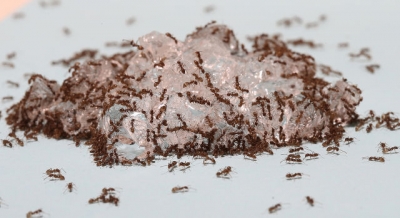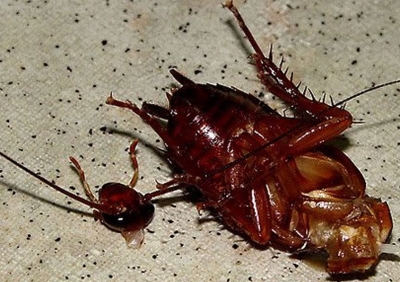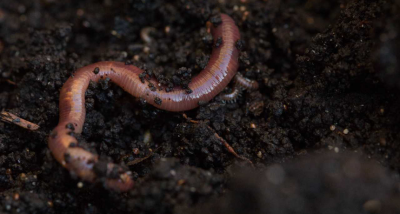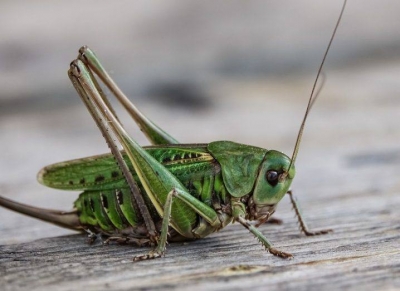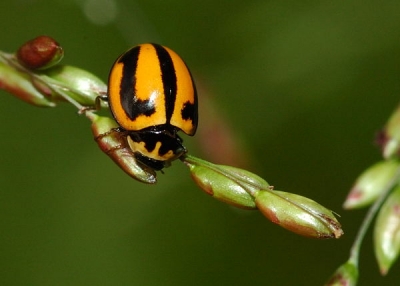What 3 body parts do all insects have?
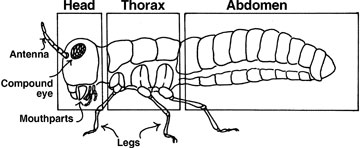
To begin, insects don't have a vertebral column (backbone) like people have and therefore are considered to be a type of invertebrate animal. Instead of a backbone, insects have a hard exterior body covering, called an exoskeleton. Insects are arthropods: invertebrate animals that have an exoskeleton, a segmented body, and jointed appendages. Arthropods are members of the taxonomic phylum Arthropoda, which includes insects, arachnids, and crustaceans. Insects represent about 90 percent of all life forms on earth. More than one million insect species have been identified throughout the world, and some entomologists (scientists that study insects) estimate there may be as many as 10 million species. These species are divided into 32 groups called orders, and beetles make up the largest group. No one knows exactly how many insects are found within Everglades National Park. Entomologists have prepared lists of some insect groups, such as bees, ants, and butterflies, but no park-wide inventory has been carried out yet.
Insects have six legs and two antennae, and their body is made up of three main regions: head, thorax, and abdomen. They have an exoskeleton that contains sense organs for sensing light, sound, temperature, wind pressure, and smell. Insects typically have four separate life stages: egg, larvae or nymph, pupa, and adult. Insects are cold blooded and do not have lungs, but many insects can fly and most have compound eyes. Insects are incredibly adaptable creatures and have evolved to live successfully in most environments on earth, including deserts and even the Antarctic. The only place where insects are not commonly found is in the oceans. Insects pollinate flowers and crops and produce honey, wax, silk, and other products. However, some species that bite, sting, destroy crops, and carry disease may be considered pests to people and animals.
Credit : National Park Service
Picture Credit : Google
